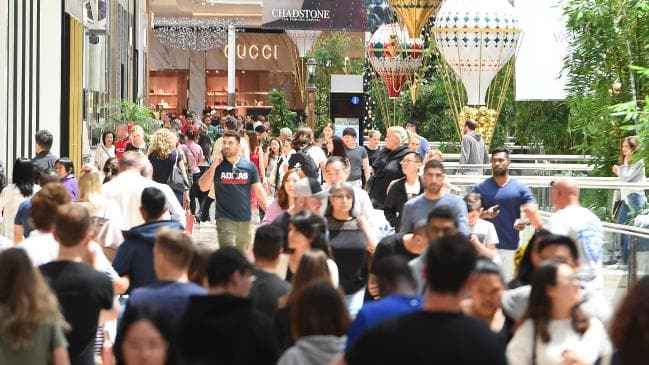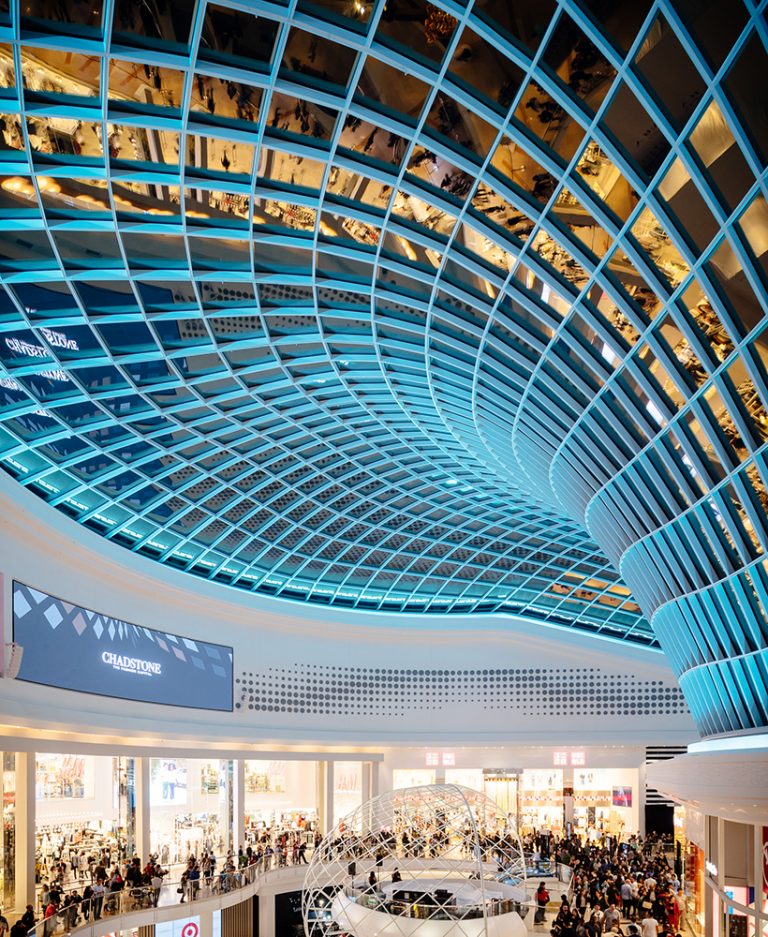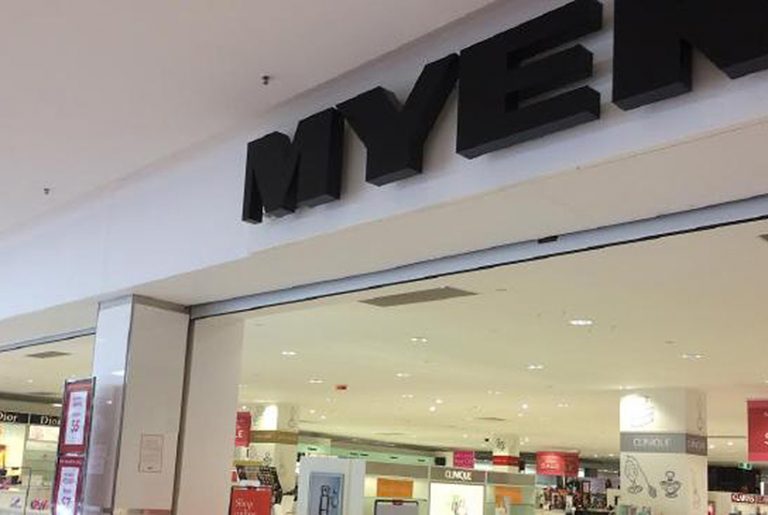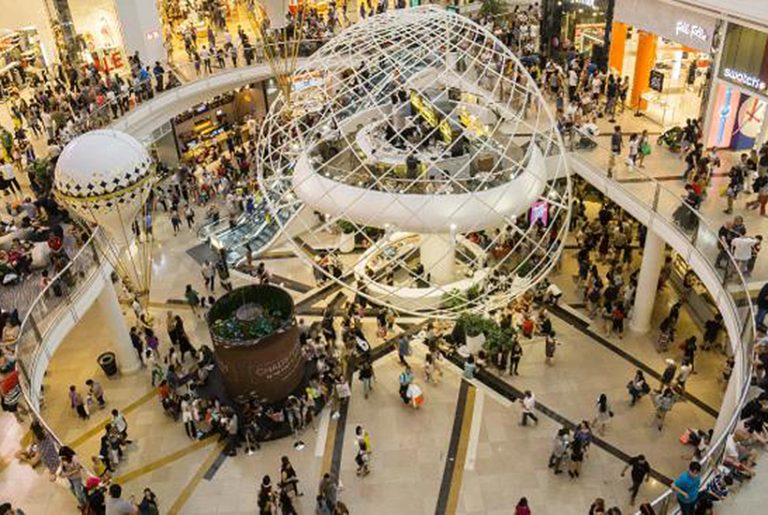Luxury retail fuelled by ‘Crazy Rich Asians’

Turn the corner into the luxury precinct at Melbourne’s Chadstone shopping centre and a scene from Crazy Rich Asians could easily be unfolding.
Well-dressed, well-groomed young shoppers are combing through the top-end stores, from Gucci to Dior. French luxury house Hermes opened its doors at the giant suburban shopping centre in December.
The rising pool of young wealthy, mostly Asian students — some with eye-watering spending power — is underpinning luxury sales and sending Australia’s biggest shopping centres and retail precincts rushing to cater to the expanding demographic.
Commercial Insights: Subscribe to receive the latest news and updates
Chadstone shopping centre, which is close to two universities in Melbourne’s east, has seen a growing cache of international students with disposable incomes of up to $50,000 a month, according to centre management.
The massive mall — last valued at more than $6 billion — has expanded its luxury retail precinct over the last two years.
Top-end stores account for less than 5% of the centre’s space but make up nearly 15% of turnover, general manager Fiona Mackenzie says.
Chadstone is one of the centres that has firmly latched on to both the rising and interlinked trends of luxury retail and retail tourism.
The centre’s tourist shuttle bus pulls up to five luxury Melbourne hotels almost hourly for the 40-minute drive to the centre, dropping tourists outside the Tiffany & Co entrance.

Vicinity’s Chadstone Shopping Centre in Melbourne. Picture: Andrew Tauber
In a retail sector gripped by the gloom of retailer failures and the threat of online shopping, luxury retailing is a bright spot. Demographer Bernard Salt believes the influence of young cashed-up Asian shoppers is significant.
“No doubt there is an element of Crazy Rich Asians to it,” Salt says, referring to this year’s hit movie where ostentatious wealth is on show.
“There are about 1000 Asian students, mostly Chinese, who have an annual income of more than $150,000 a year — that’s full time students — and another 1500 part-time students who have that income — 2500 Asian students have that sort of money to spend, even though they are students.”
Salt argues that every wealth-generating region needs a lifestyle area nearby. Australia has emerged as the lifestyle region for China, he says.
“Russian billionaires showcase their wealth and prosperity in Belgravia in London because London is a better lifestyle city,” he says.
“Successful middle-class Chinese showcase their wealth and property not so much in China, but in Australian cities.
“Buying brand-name goods is part of the experience.”
The symbols of middle-class prosperity include travel, education and luxury goods.
“You put all those together and they are in the Australian experience”, Salt says.
Luxury retailers are looking for locations in Australia.
Last year the Liberal Party headquarters in Melbourne’s Exhibition St sold to French luxury multinational LVMH Group (Louis Vuitton Moet Hennessy) for $37.1 million.
Chadstone’s Mackenzie says there are still many luxury brands not yet in Australia.
Research from Bain & Company found the global goods and experiences market is thriving, growing by 5 per cent last year.
Bain & Co is forecasting 3-5% a year growth to 2025.
This article originally appeared on www.theaustralian.com.au/property.







